It's hard to believe that the Tohoku earthquake and subsequent devastating tsunami in northeast Japan happened over 10 years ago. But a new exhibition at the Royal Geographical Society has brought together six celebrated photographers to examine the lasting legacy of the earthquake, tsunami and subsequent nuclear disaster at the Fukushima Daiichi Nuclear Power Plant.
This exhibit captures how, over ten years after the events of 2011, large areas of land remain uninhabitable. It also explores how efforts to decontaminate the region continue. The exclusion zone is slowly shrinking and as evacuation orders are lifted, residents are being incentivised to return home. So far, few people have chosen to do so. One village found that only a third of its residents chose to return, and more than 70 per cent of those people were over the age of 65.
The exhibition runs until the 23 December 2021 at the Royal Geographic Society, London. You can also view more images online at the 'Picturing the Invisible' website.
We bring you some images from the exhibition that show some of these recovery efforts in action.
The spiral shore
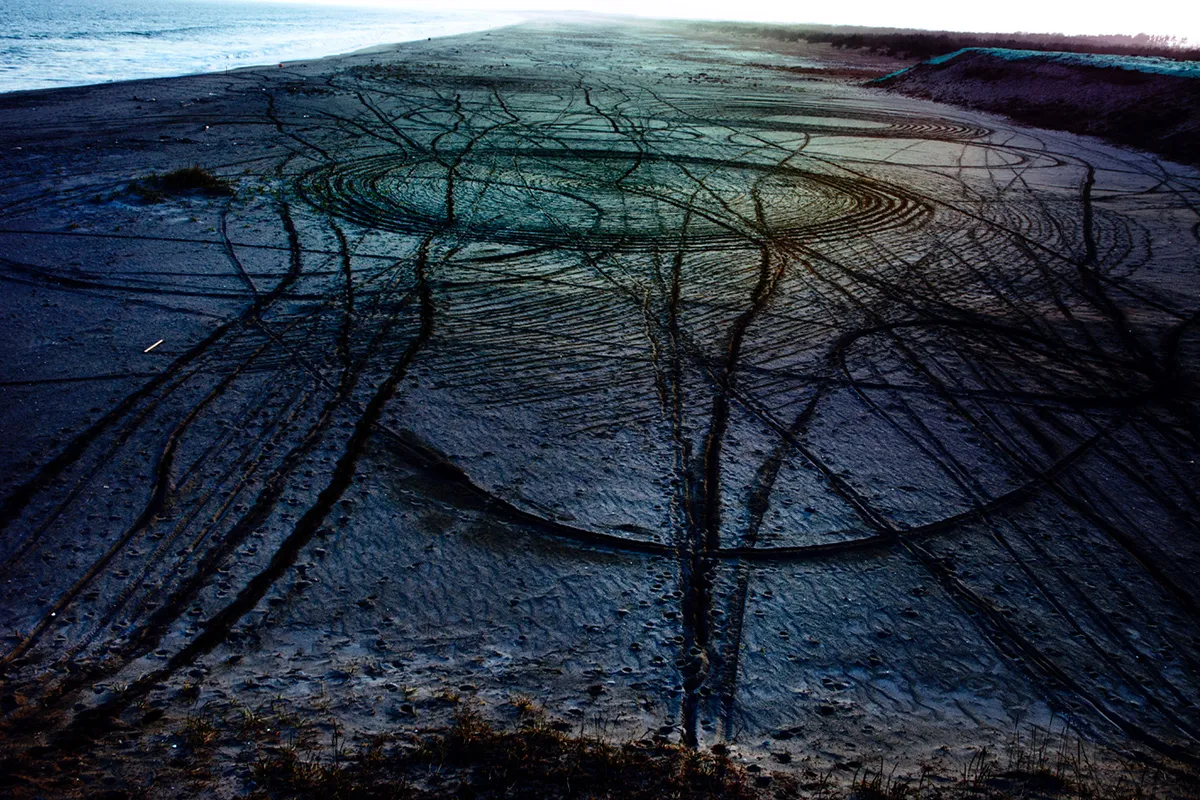

A Mirror on the Other Side, Maquette
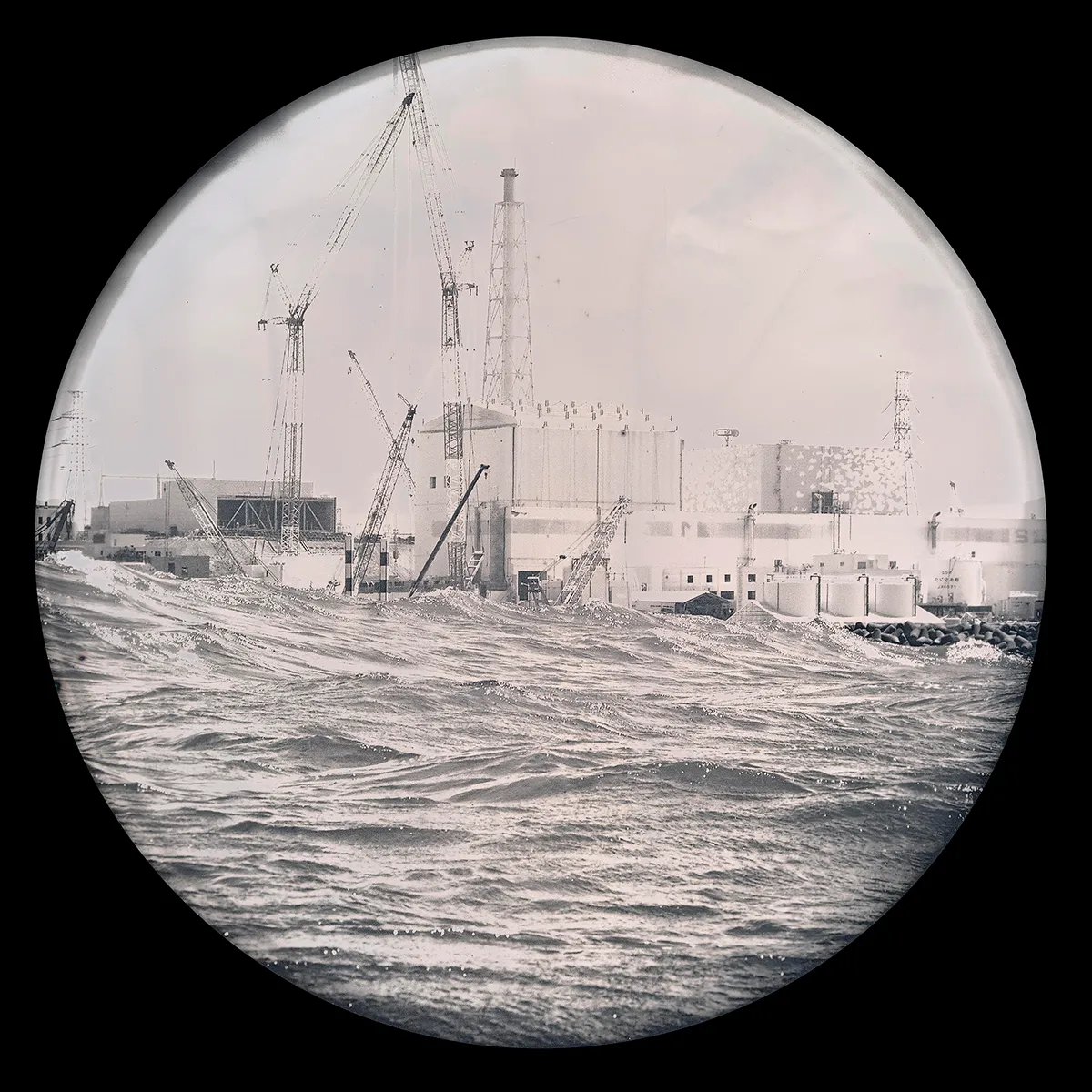
Restricted residence
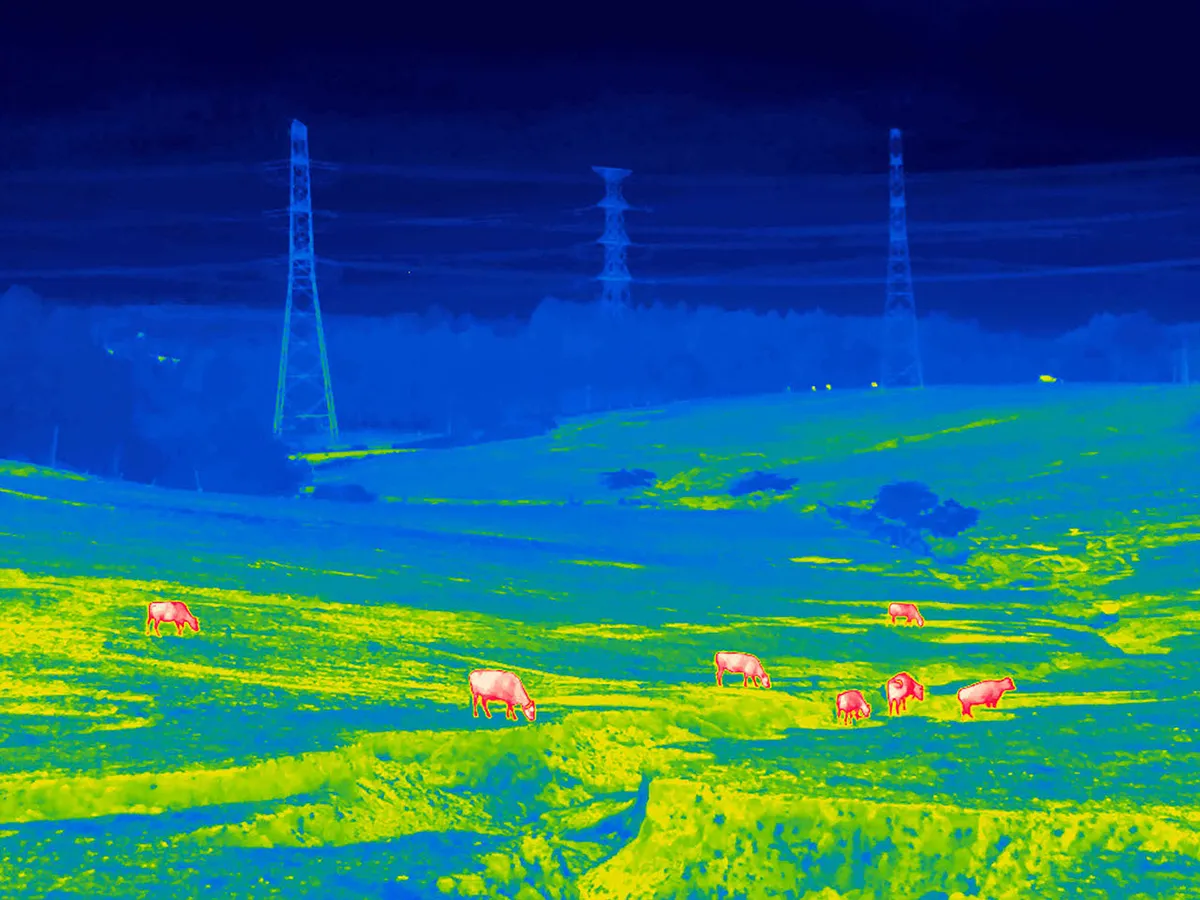
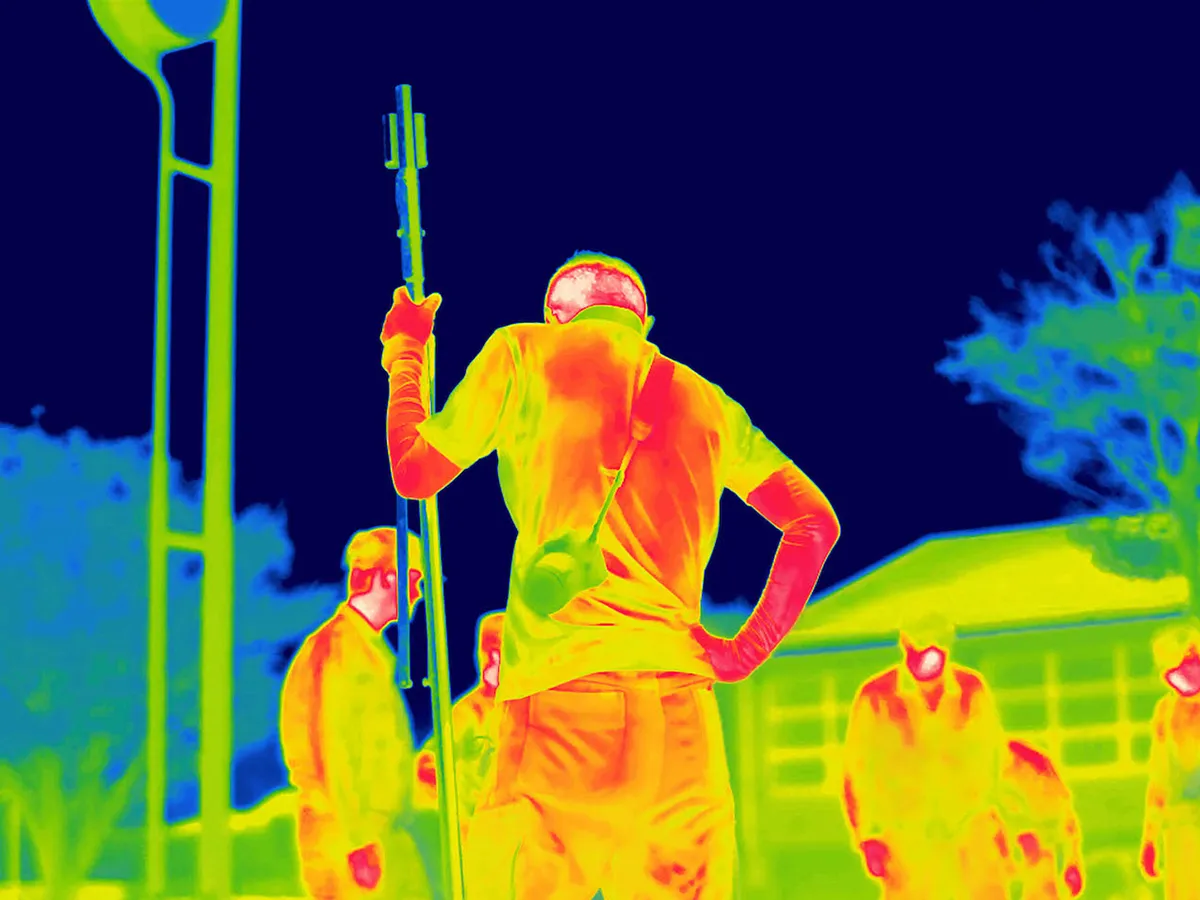
Evacuation
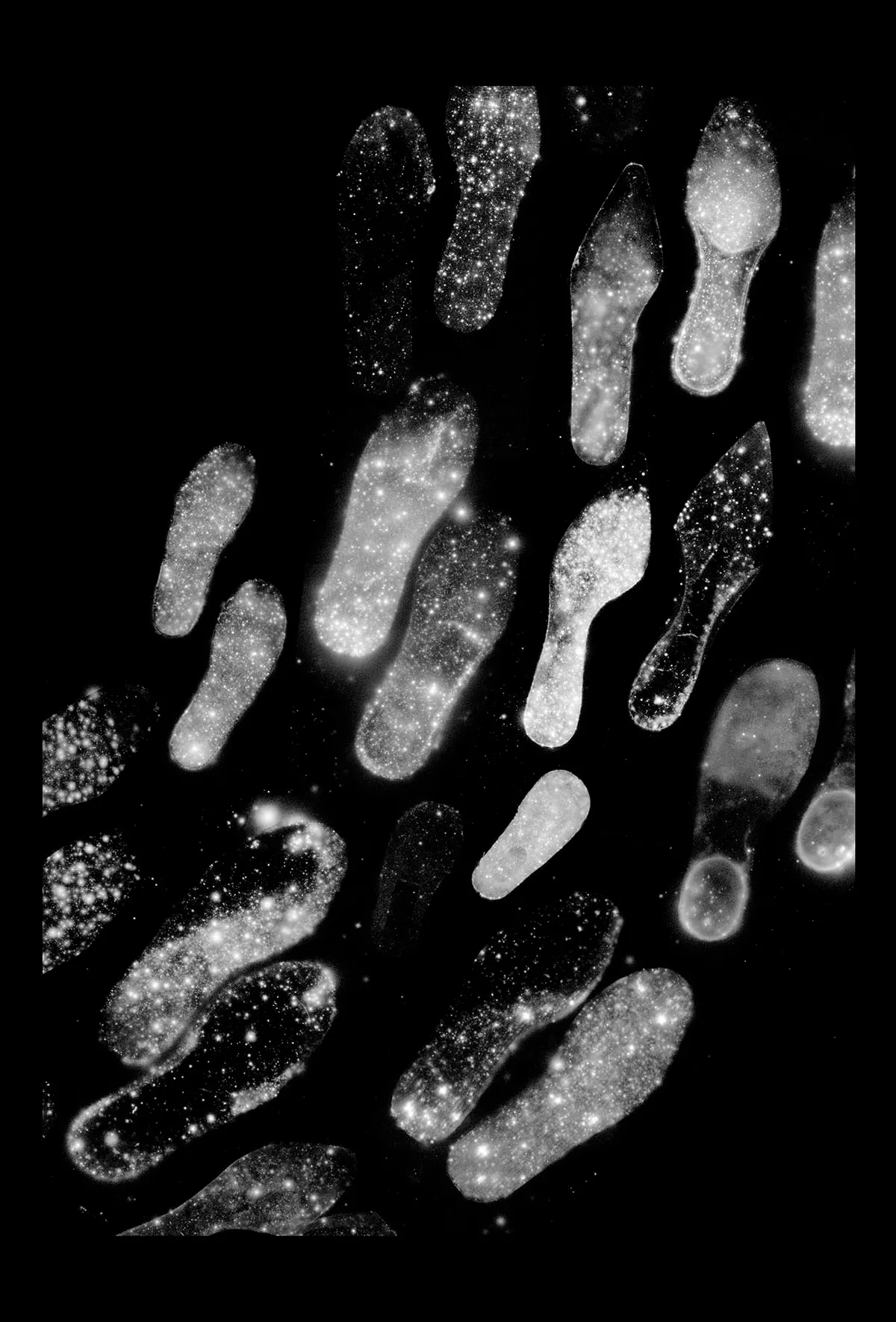
Nuclear Samurai
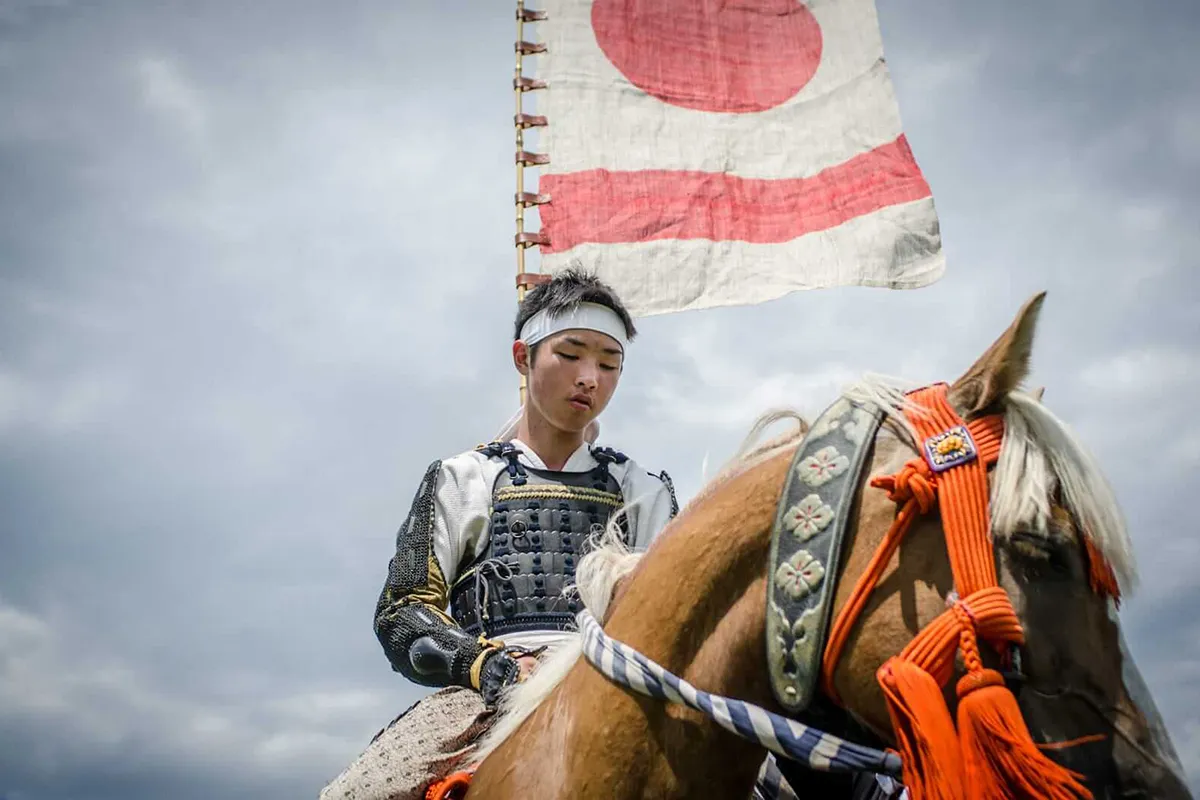
Take a look at some of our other galleries:
- The best images in science November 2021
- Cuddle up and enjoy Wildlife Photographer of the Year People's choice awards
- New book dispels common myths regarding dinosaur appearance
Fukushima

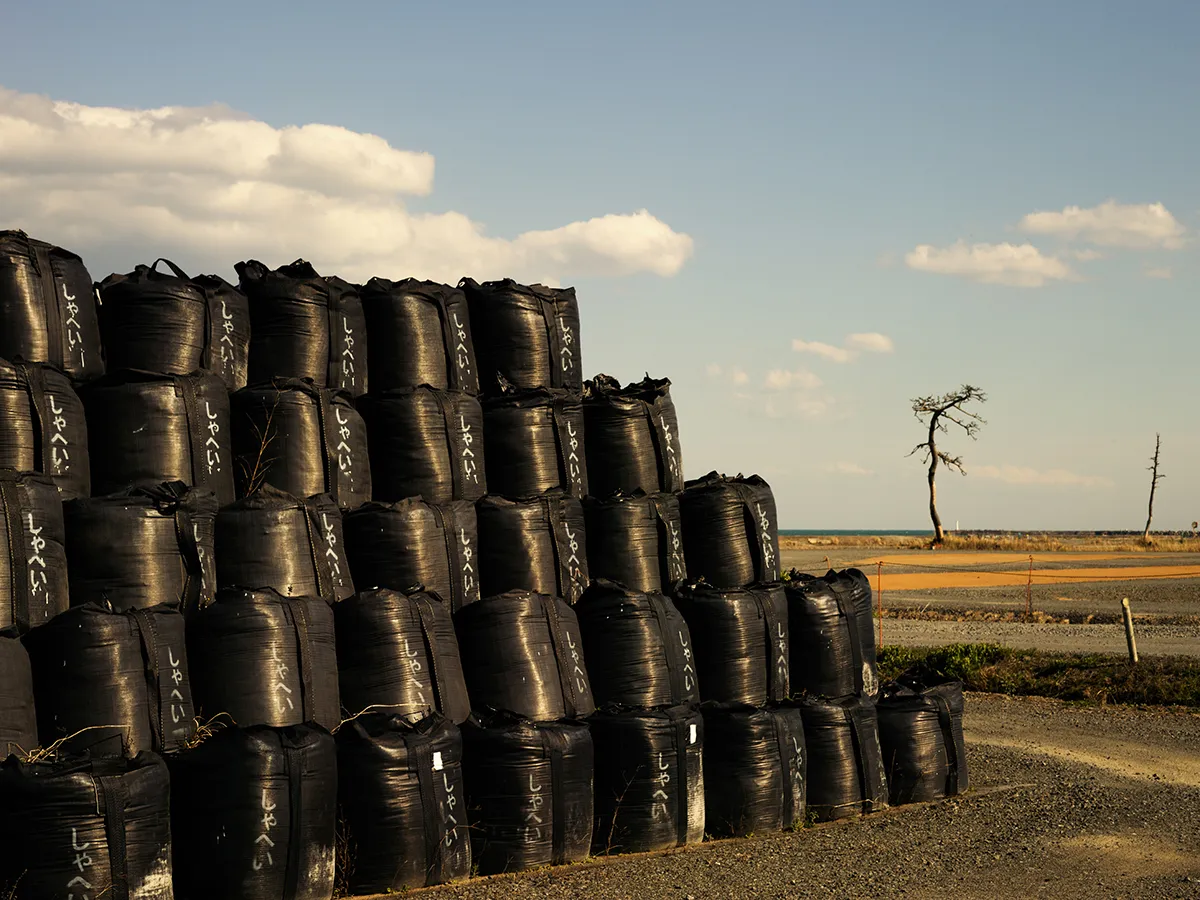
Founded in 1830, the Royal Geographical Society is the professional body for geographers in the UK.